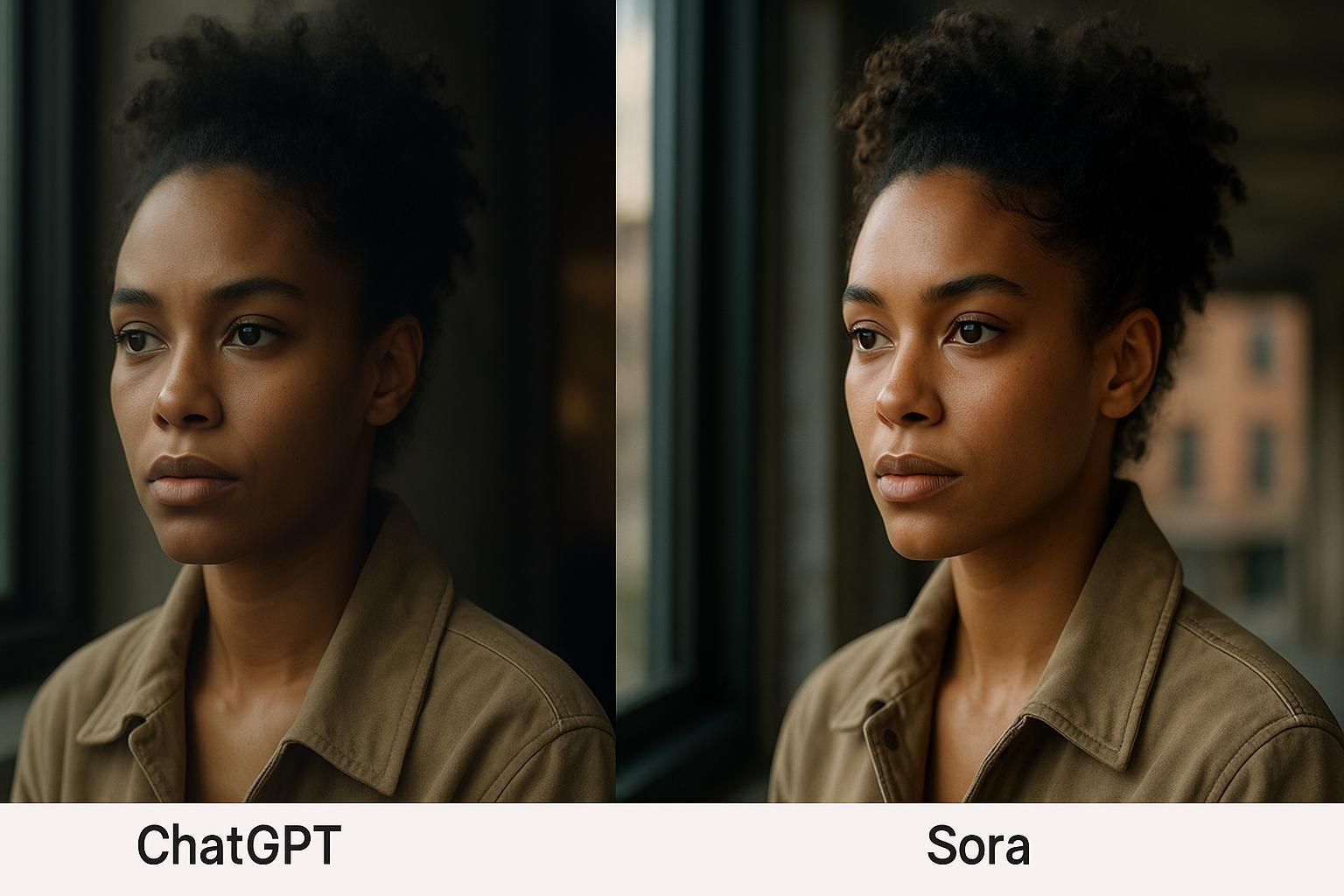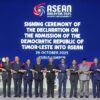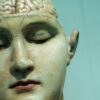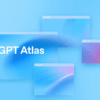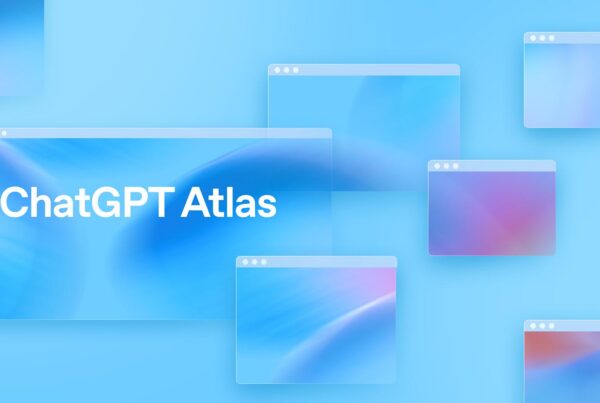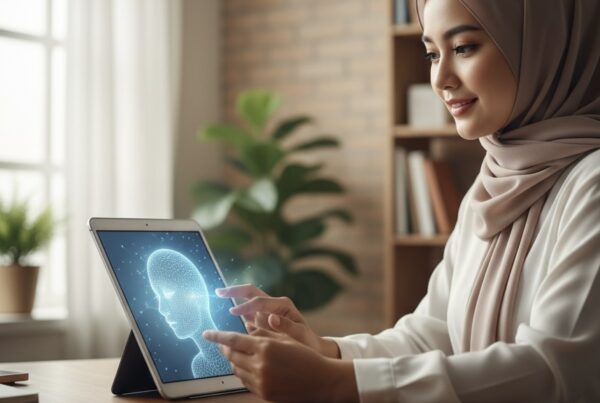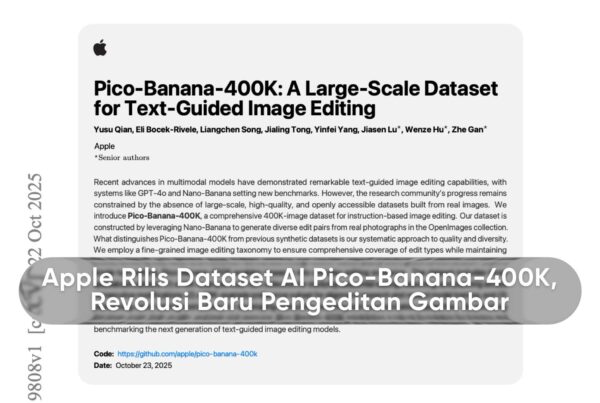The development of artificial intelligence in the visual domain has brought two OpenAI products that are now widely compared: ChatGPT with its Create Image feature and Sora. Many users feel that the image results from Sora appear clearer, more detailed, and more realistic, while the results from ChatGPT sometimes look a little blurry. This difference is not merely a perception, but rather reflects technical differences and the development goals of the two models.
In the context of creative needs, a deep understanding of the strengths and limitations of each is very important. ChatGPT delivers an instant, fast, and integrated experience with conversations. Sora, on the other hand, offers near-cinematic visual quality with the advantage of inter-frame video consistency.
This article discusses in depth why there are differences in results, what the main technical factors are, and when it is best to use ChatGPT or Sora in a digital content strategy.
Architecture Focus and Development Goals
ChatGPT Images and Sora were developed for different purposes. ChatGPT provides static images that can appear directly in conversations, whereas Sora was created as a generative video model. This difference in goals directly affects the resulting visual quality.
Sora must maintain visual consistency across video frames. If every frame is not uniform, the resulting video will look choppy or unnatural. To that end, the Sora architecture is designed with additional layers that take into account texture, lighting, and detail continuity. As a result, every single frame of Sora often looks clearer than ChatGPT's image outputs.
Meanwhile, ChatGPT prioritizes speed and affordability. The image results must appear within a few seconds so that the conversation isn't interrupted. This makes the model lighter, but sometimes sacrifices high-level detail.
Resolution and Rendering Pipeline
Sora creates a video with a resolution up to 1080p and a duration of about 20 seconds. Behind that process, there is a complex rendering pipeline, including internal upscaling and filtering to maintain visual quality. This process makes the texture more vivid and smooth.
On the other hand, ChatGPT Images is usually limited to standard sizes such as 1024×1024. Although it's enough for a quick illustration, certain details such as skin texture or reflections of light sometimes appear less sharp. There is also an automatic compression factor in the preview that makes the image appear blurrier.
Sampling and Inference Iteration
Sora's inference time is longer. This model performs many sampling iterations to ensure the video results are consistent. The more iterations, the higher the likelihood that visual details are captured well. ChatGPT is more efficient, with brief inferences to generate fast output. This time difference also explains the difference in sharpness.
Impact on Creative Workflow
The technical differences directly impact how users utilize the two models. ChatGPT excels at rapid ideation, while Sora dominates the production stage of visual content that demands high quality.
ChatGPT is well-suited for brainstorming needs, creating mockups, or initial illustrations. The creative team can request dozens of variations in a short time, and then choose which ones are worth developing. Meanwhile, Sora is best used when the concept is mature and the team needs visual materials that can be directly used in marketing campaigns.
In addition, the workflow in ChatGPT is simpler. The user just needs to type a prompt, then the image appears and is automatically saved in the Library. In Sora, the workflow more closely resembles a professional video production process, with a dedicated editor that enables cutting, merging, and extending clips.
Practical Applications in the Business World
For e-commerce companies, ChatGPT can be used to generate product images, catalog thumbnails, or simple promotional designs. A fast turnaround time becomes a major value add.
However, when a company wants to launch a video campaign on social media, Sora is more relevant. 15-second content with cinematic visuals is more likely to attract consumers' attention on platforms such as TikTok or Instagram.
Credibility and Usage License
OpenAI states that users have rights to the generated output, as long as it does not violate laws or policies. This applies to images from ChatGPT as well as videos from Sora. However, the responsibility lies with the user to ensure that there is no trademark infringement or use of a public figure's face. To maintain credibility, a company needs to store records of prompts and the resulting metadata.
Technical Analysis of the Causes of Detail Differences
Why is Sora's image clearer? The answer lies in four key factors: model architecture, output resolution, rendering pipeline, and inference.
First, the Sora architecture is more complex because it has to manage video. Second, the output resolution is higher than ChatGPT Images. Third, the Sora rendering pipeline includes upscaling and detail cleanup that are not present in ChatGPT. Fourth, the number of sampling iterations is greater so that the details are sharper.
If we apply it to a real-world example, imagine a simple prompt: "A skincare product on a glass table with studio lighting." ChatGPT may generate aesthetically pleasing images, but the details of the reflection on the glass may appear blurred. Sora will actually show realistic reflections, natural lighting, and even subtle shadows that give a cinematic feel.
Compression Factor in ChatGPT
The quality of ChatGPT is also affected by image compression. To ensure access speed on various devices, the system compresses the output files. This makes certain details, especially in the area of fine textures, look softer.
Advantages of Temporal Consistency Sora
Because Sora operates in the time dimension, this model must maintain inter-frame continuity. This forces the system to generate stable details. As a result, even though only one frame was taken, the result still looks clearer.
This article shows that the difference in quality is not a weakness of one of the products, but the result of different design priorities. ChatGPT Create image prioritizes speed and conversational integration, while Sora emphasizes visual realism that is consistent with video production standards.
Ultimately, the choice of using ChatGPT or Sora depends on the needs. For quick ideation, ChatGPT is more efficient. For the production of high-quality content, Sora is superior. Understanding these differences helps companies, creators, and individuals choose tools that best suit their creative goals.
Discover more from Insimen
Subscribe to get the latest posts sent to your email.

